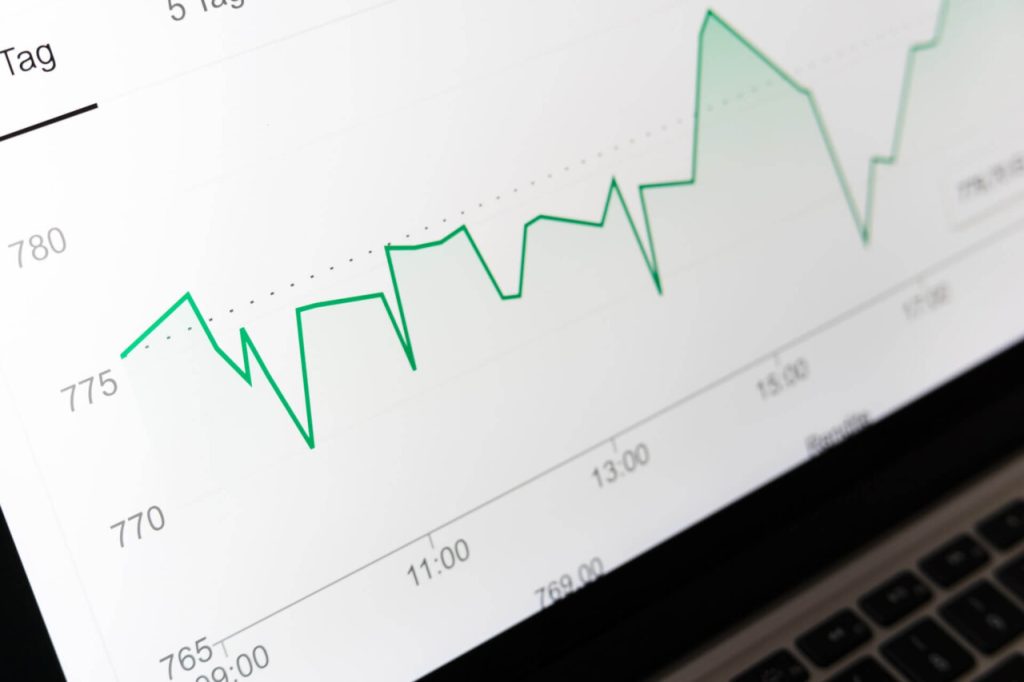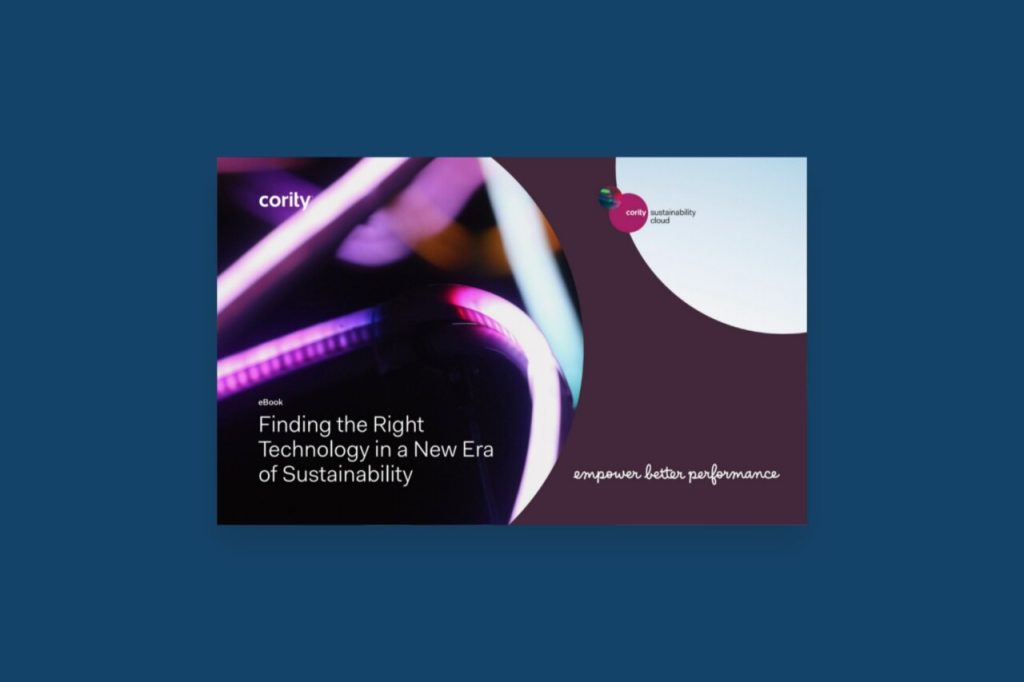When it comes to sustainability and ESG, we know companies are at varying levels of maturity. If you’re at the beginning of your sustainability journey, you may be asking yourself where to start to get visibility into current performance, looking for ways to identify what data you already have, and trying to find the best methods for collecting accurate data. More mature companies who have already operationalized sustainability may be looking to use existing data to forecast out into the future to understand progress against targets based on different scenarios.
No matter where you are in your journey, having the right ESG and sustainability software in place can help you meet your objectives. Let’s take a look at how software can help you achieve your goals:
1. Stay two steps forward, not behind

Over the last few decades, many have viewed sustainability as a backward-looking annual data collection activity. But as the ability to navigate sustainability risk becomes increasingly tied to financial performance, companies are finding themselves in need of a more proactive approach. Organizations need to:
- Understand current sustainability performance
- Determine realistic targets and forecast future success
- Create actionable, achievable plans
- Monitor progress against goals at a monthly or quarterly cadence
By unifying your environmental, health and safety (EHS) and sustainability programs together in an integrated platform, it becomes easier to tell a single story with your data.
2. Arms you with accurate data

As investor interest in using ESG performance as a predictor of future financial performance continues to grow, there will be a stronger need for data to become more transparent, accurate and verifiable. Companies may have a secret weapon on their hands as they work to measure, improve and transparently report on sustainability performance. EHS professionals and EHS software have been performing these exact tasks when it comes to a large majority of sustainability data.
Many companies are still using spreadsheets to capture sustainability data. While spreadsheets can be appealing for capturing data, they aren’t auditable, which is problematic if multiple people access the document. When someone changes data in a spreadsheet, it does not collect a record showing record who made the changes– or when. This means you have no accountability for inaccurate data, which leaves organizations open to expensive fees and fines. Sustainability software eliminates these problems.
You might also like: The Way Forward for ESG: Firms are Adapting Business Strategy and Boosting Technology Investment
3. Makes your data auditable

When it comes to sustainability, audits play a critical role in ensuring transparency and accuracy of data. For example, sustainability reports are audited for their GRI compliance and carbon footprints for their GHG compliance. Audits have long been a standard element of financial reporting and are becoming increasingly common in the world of sustainability – and experts anticipate there will be increasing pressure on companies to perform additional audits on their sustainability reports as companies face increasing pressure from investors to prove the accuracy of their data.
EHS software, however, tracks each data change and records a history to allow you to pinpoint any potential problems. Overall, software should make it easy for the auditor to verify the accuracy of reporting.
4. Creates additional value

Many companies are coming to realize that simply reporting on the prior year’s performance is not going to be enough to bring value to the company. Instead, companies are looking to get more proactive and identify actionable plans to improve sustainability performance – to lower emissions, reduce waste and create a safer workforce. As companies are evaluating whether their sustainability programs and activities will be able to meet expectations in the near future a few key questions arise:
- How do we change our business strategy to get the most value from our sustainability program?
- How can we most effectively improve sustainability outcomes?
- What data do we need to collect to support our sustainability efforts? › Is the necessary data already be collected and if so, where is it?
- How do we best track progress against our stated goals?
As your sustainability program matures and responds to shifting market conditions, make sure your software will be able to grow and expand to adapt to your company’s needs.
Learn more about ESG and Sustainability Software
To learn more about how a SaaS software solution can benefit your goals, some of the key features to consider when selecting a vendor, and why data matters so much to companies that are innovating sustainability, check out the eBook, Finding the right technology in a new era of sustainability.















